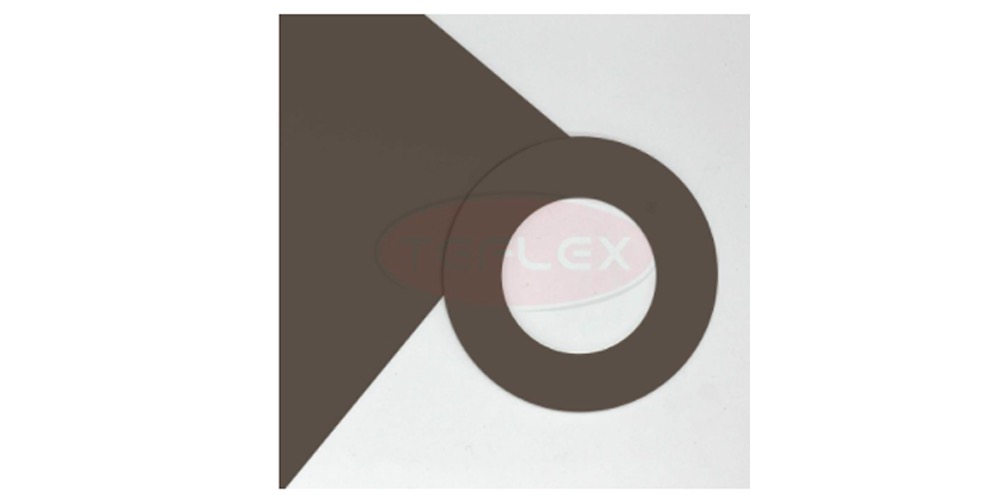The plastic industrial sector is revolutionizing, and polytetrafluoroethylene (PTFE) filler, a material mostly used in cookware and protective clothing, is becoming prominent in many industries that prefer this versatile material. It is commonly used in manufacturing and telecommunications industries, to mention a few. Teflex 40%-60%bronzePTFE filled sealing bears unique characteristics that contribute to its usage in different industries.
Pure PTFE has low friction. This enables the material to withstand substantial temperature changes, which makes it perfect for cookware, including nonstick pans. It is also very dense and flexible.
Plus, the feature enables this material to be used in coating machines making them more durable. It is also very unreactive and insoluble; using it in food manufacturing industries is safer. With all the material’s qualities combined, it can be practically used for a wide range of applications in the industrial sector.
PTFE is also known to work more effectively when a filler is added. A filler is highly recommended since PTFE can easily creep and deform under heavy loads due to its flexibility.
The common properties that are drawn from adding fillers are improved thermal conductivity for materials that require proper dissipation of heat. The most common filler is glass, among others, each with the advantages it confers to particular applications.
1. Glass
Using glass as a PTFE filler reduces flexibility hence low chance of creep. Increased glass content also enhances the resilience and strength of the material.
That said, a PTFE material filled with glass is coarser than the virgin one. The only similarity that both convey is that they work under the same range of temperatures, and both are chemically inert.
2. Carbon
For this specific type of PTFE material, carbon is added as a filler in two ways: in fiber or powder form. In comparison with the virgin one, this benefits from improved compressive strength and low chances of deformation. It also has better wear resistance. Carbon being highly conductive, it can be used in materials that require high thermal conductivity than PTFE alone.
3. Graphite
This is similar to carbon except that it does not have better wear resistance. Graphite is known to lower the coefficient of friction when used in product making. A PTFE filled with graphite, therefore, has excellent self-lubricating properties. Lastly, graphite can be used alongside glass and carbon fillers to bring about the best results.
4. Stainless Steel
Stainless steel is added to PTFE in powder form, enabling it to acquire a lot of strength, coupled with the ability to withstand enormous loads simultaneously. Stainless steel filled PTFE works excellently under high temperatures hence suitable for applications using steam and hot liquids. It is ideal for a good number of mechanical uses. It is also tough to wear out; this is a good quality, which is a disadvantage to closer surfaces.
Final Thoughts
A virgin PTFE is useful on its own since it has its unique characteristics. The features can be improved by using fillers. The choice of fillings depends on the application of the PTFE. The quantity chosen also determines the quality of the material.
